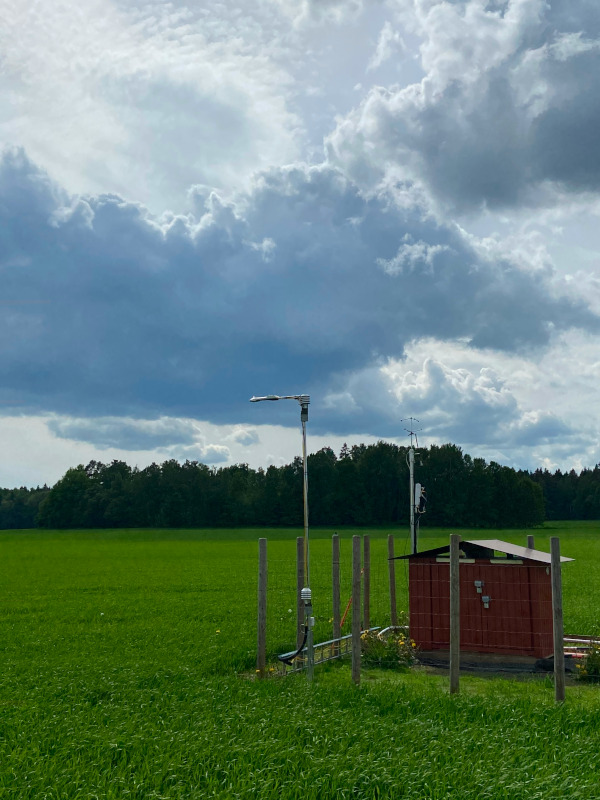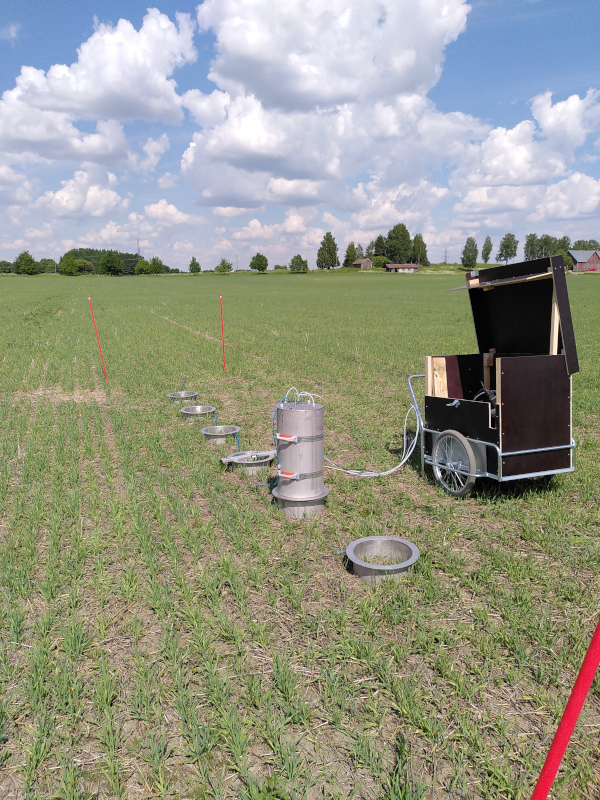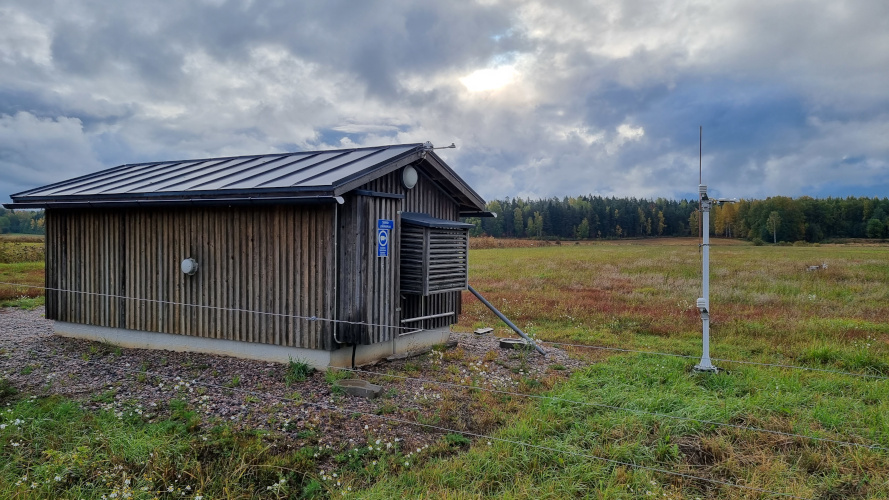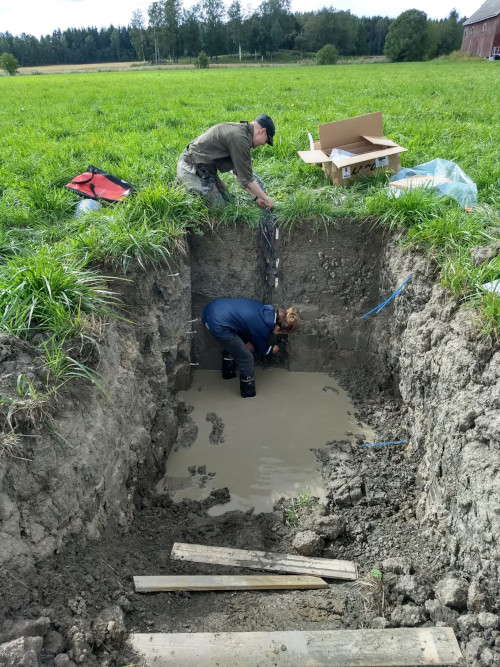Station for Measuring Ecosystem-Atmosphere Relations
At the SMEAR-Agri measurement stations, both the emissions and sinks of CO2, CH4, N2O and H2O are detected with meteorological measurements using two 3-meter Eddy Covariance (EC) masts and chamber measurements (see Fig. 2 & 3). Soil properties are also monitored with soil sensors (Fig. 4) and laboratory analysis. Within the next years, the station will be equipped with automated or semi-automated sampling of surface runoff and subsurface drain water to study carbon and other nutrient water-induced loss from the field. In addition, the effects of various cultivation practices, such as grass cutting, animal grazing, fertilization and crop species, on soil carbon sequestration and the exchange of greenhouse gases can be studied at the stations.
Continuous data will be openly accessible to researchers and students in SMEAR Wikispace and in Field Observatory, with multiple possibilities of utilization and co-operation. With the data gained from the stations, we will better understand carbon and nitrogen cycles, carbon storage, and plant-microbial interactions in boreal agricultural soils. The results can be used in improving carbon budget assessments on agricultural soils, and studying agricultural practices that could simultaneously reduce GHG emissions and discharge-induced organic matter loss from soil, as well as understand better the carbon sequestration in agricultural soils.



